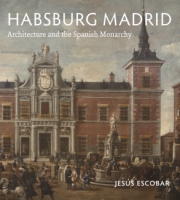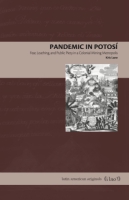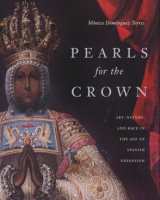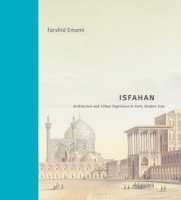
The Aquatic Metropolis
Urban Design and Environmental Change in Tenochtitlan–Mexico City
John F. López
The Aquatic Metropolis
Urban Design and Environmental Change in Tenochtitlan–Mexico City
John F. López
“John López's sharp-eyed art-historical chronicle tracks Mexico City’s current ecological crisis back to its source. The Spanish invasion of the Aztec city unleashed a centuries-long struggle over water, during which environmental ideologies clashed and technological fixes failed. Vanquish water like an enemy? Live with water as an ally? Drawing on Indigenous manuscripts, urban maps, oil paintings, and other images, The Aquatic Metropolis reveals how competing water epistemes shaped the historic city.”
- Description
- Reviews
- Bio
- Subjects
Blending art history with the histories of cartography, science, technology, and the environment, this book offers a nuanced account of Mexico City’s urban development. At its core is the visual culture of water—maps, drawings, and paintings by both indigenous and European artists that expose the differing epistemologies shaping Aztec and Spanish approaches to urban planning. Unlike the Aztec, who used causeways to adapt the city to its aquatic environment, the Spanish employed European methods of hydraulic engineering to overcome New World nature. In addition to being a technical solution, this drainage project served a philosophical purpose: to secure a new historical genesis for Mexico City by rooting it in the history of European antiquity and classical architecture, and by emancipating it from Tenochtitlan’s most iconic feature—water.
The Aquatic Metropolis is essential reading for scholars and students of environmental history, art history, urban studies, and Latin American studies. It shows that Mexico City’s modern flood crises are not just contemporary problems but the outcome of cultural attitudes and decisions that have deep roots in the colonial past. Understanding this history offers critical tools for addressing the city’s future amid climate change.
“John López's sharp-eyed art-historical chronicle tracks Mexico City’s current ecological crisis back to its source. The Spanish invasion of the Aztec city unleashed a centuries-long struggle over water, during which environmental ideologies clashed and technological fixes failed. Vanquish water like an enemy? Live with water as an ally? Drawing on Indigenous manuscripts, urban maps, oil paintings, and other images, The Aquatic Metropolis reveals how competing water epistemes shaped the historic city.”
“When did Tenochtitlán become Mexico City? According to John López, it was not when the Spanish conquered the city but much later, when they decided to drain the surrounding lakes and thereby flush away the Mexica cosmology that gave the city form and meaning. In this fascinating cultural history of the desagüe, the largest civil engineering project of its day becomes an instrument for redefining the essence of the city itself.”
John F. López is Associate Professor in the Department of Art History at the University of California, Davis.
Also of Interest
Mailing List
Subscribe to our mailing list and be notified about new titles, journals and catalogs.







